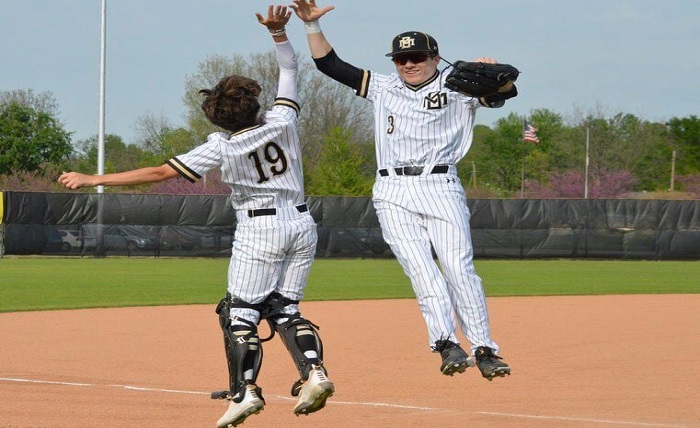How to Plan a Baseball Field

The baseball field is a ninety-foot square, and the home plate is an irregular white rubber pentagon, with the two corners filled in. It also features a batter’s box next to parallel eight-and-a-half-inch sides. The bases are counterclockwise around home plate, with the first base at the point of the ninety-foot square and the second and third bases positioned on opposite sides of the point.
Home plate
The apex of home plate is a critical component of a baseball field’s alignment. Ideally, the apex of the home plate is in the same place as the apex of the pitching rubber. To properly set the apex of the home plate, first, measure the distance between one of the outside corners of the backstop and the first base, and then follow this line to the center of the second base. Once you’ve positioned the apex of the home plate on the baseball field, you’re ready to start building the alignment.
The position of home plate is crucial to the game’s scoreboard. Ideally, base runners should reach home plate before scoring a run. The home plate is located on the opposite end of the second baseline and is also home to the umpire, catcher, and batter.
Pitcher’s box
The Pitcher’s box is a protective box that surrounds the pitcher during a baseball game. Its dimensions have evolved over the years. Originally, pitchers sat in a box on the field that was only four feet wide and six feet long. At the time, pitchers were required to release the ball before it crossed the line at home plate. In addition, pitchers could not run in the field to reach the batter, and they had to throw the ball underhand.
Initially, the pitcher’s box was wide and similar to the pitch area in cricket. It sometimes extended through the batting area. With time, the mound developed and the box became more decorative. In the late 1940s, this practice was discontinued, but some teams re-created it in new ballparks.
Warning track
A baseball field’s warning track is the closest part of the field to the wall or fence. It is made of a material different from the playing field, usually dirt or rubber. The warning track must be different than the playing field. It can be a large area or a small area, but it should be made of a material different from the field.
When considering a warning track, it’s important to consider how often it will be used. Different warning tracks require different maintenance methods. Some are made of a material that feels different from the turf, allowing athletes to know when their footing changes. Stone aggregate is the most common material used for warning tracks, as it contains an array of particle sizes that pack together well. However, it’s important to remember that rounded particles can make the track unstable. Also, make sure that the warning track has good drainage, as puddles can make it slippery.
Fence
A baseball field fence can prevent stray balls and strikes. In addition, a fence can also prevent vandalism. A surveyor will help you plan the layout of the field fence, so you know exactly where to place the poles and posts. A chain link fence is the most practical type, and it is relatively cheap to erect.
A chain link fence can be constructed from several different materials. It is usually made of a PVC or Zn-5A1-MM coated wire. The mesh size of a chain link fence is usually 50 mm, and its height should be at least 2.4 meters. However, you should also consider ground clearance. The ground clearance must be at least 25 mm.
Read more about: hintguru
Pitcher’s position
Pitching is one of the most demanding positions on the baseball field. In addition to its physical demands, pitchers are also limited in their daily pitching schedule. In addition, they only get to pitch once every five days, making the starting pitcher the most demanding position. While every position has its big moment, many experts agree that the pitcher is the most important position on the field. The pitcher controls the game the most of any other player, and every play is an opportunity to make a difference. If the pitcher isn’t up to par, the team will lose the game.
Pitchers take a position on a pitching mound, behind home plate, and begin each play by throwing a pitch to the catcher. Their goal is to strike out batters and prevent them from reaching base. However, pitchers must follow strict rules before every pitch. One of these rules is that at least one foot must touch the rubber at the top of the pitching mound, and pitchers must follow specific body mechanics before throwing a ball. They must also follow certain guidelines when winding up their pitch to avoid a balk.
Read more about: ttbhealth




